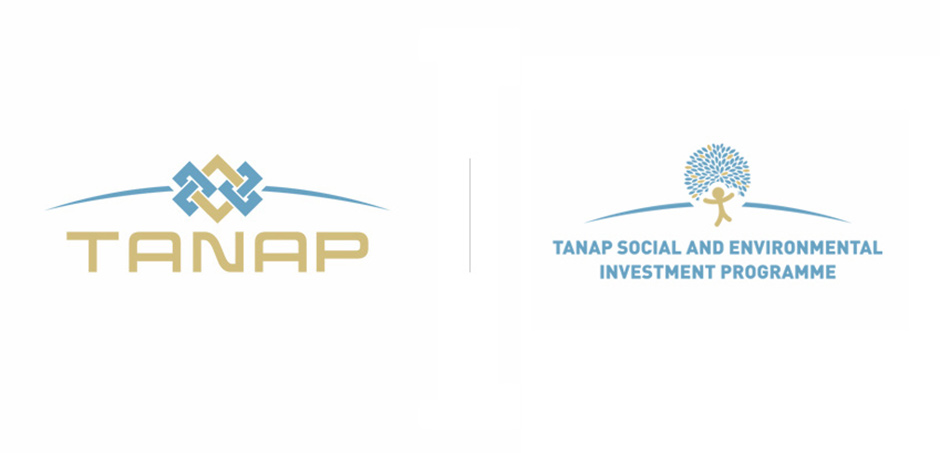Investment Programs

About the TANAP Social and Environmental Investment Programmes (SEIP)
The TANAP Social and Environmental Investment Program (SEIP) supports investment and development projects implemented along the TANAP route. The main objective of SEIP, which was launched in 2015, is to develop a coherent ecosystem along the TANAP Pipeline and to contribute to the maintenance of economic and social development and the preservation of natural resources.
As the result of desktop studies carried out and site visits made along the TANAP Pipeline route in 2015, a Needs Analysis Report was issued, based on which Planning and Strategy Documents have been prepared defining the priority areas and financial limits of SEIP. The priority areas fall under two main categories: “Social” and “Environmental”.
The Social component supports investments that diversify tourism services; that meet the equipment requirements of schools, libraries, sports facilities and common social areas; that improve the quality of health services rendered in rural areas; that expand the capacity of vocational training centers; that enhance agricultural variety, added value and productivity; and that support the production of local and conventional products and social capital investments.
The Environmental component supports the sustainable management of natural resources, soil and water; the efficient use and development of renewable energy resources; the management of environmental infrastructures, while raising environmental awareness; the promotion of the cultivation and economic use of medicinal and aromatic plants; and the protection and development of biodiversity and ecosystems.
During the operation phase of the TANAP Pipeline, projects continue to be implemented within the scope of the Social and Environmental Investment Program (SEIP) in a limited implementation area, taking priority over the regions affected by TANAP’s Above Ground Installations (AGIs).





 Awards
Awards Agreements
Agreements TANAP
TANAP Gallery
Gallery